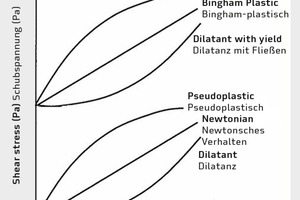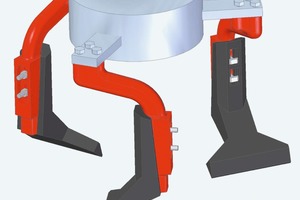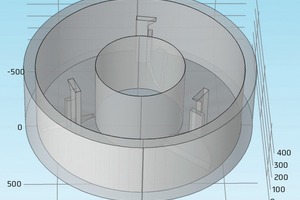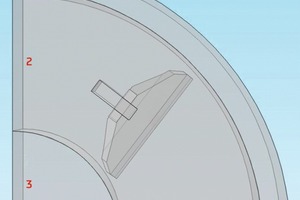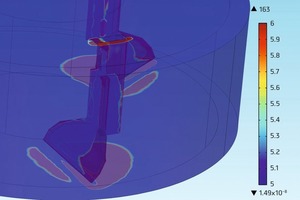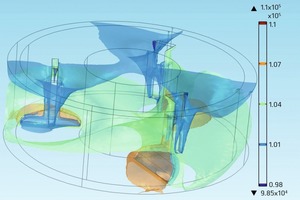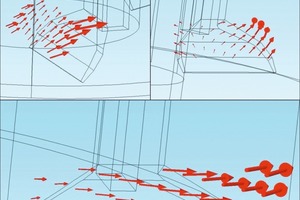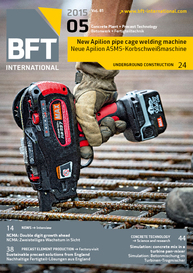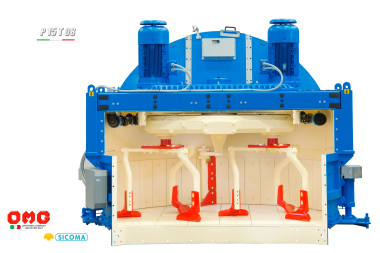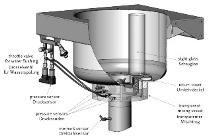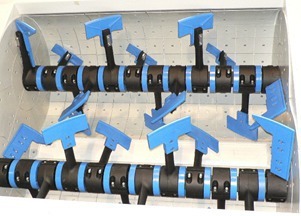Behavior simulation of a concrete mix in a turbine pan mixer
Performance optimization of concrete mixers is an issue of great significance in many industrial technologies. Using functional models for rheological properties of fresh concrete, which are described below, a mixing simulation of turbine pan-mixer, is presented.
1. Introduction
Pan concrete mixers use various types of mixing methods. Commercially available mixers used in the concrete industry rely on the same principle: a cylindrical vessel contains the constituents to be mixed, and one or several sets of blades rotate inside the vessel to mix the materials; another blade scrapes the wall of the vessel [1-2]. In some mixers, the rotational axis of the blades coincides with the vessel axis, whereas in planetary mixers, there is an axial offset to allow for a double rotation: the blades rotate around their axes and around the axis of the vessel [3-6]....

